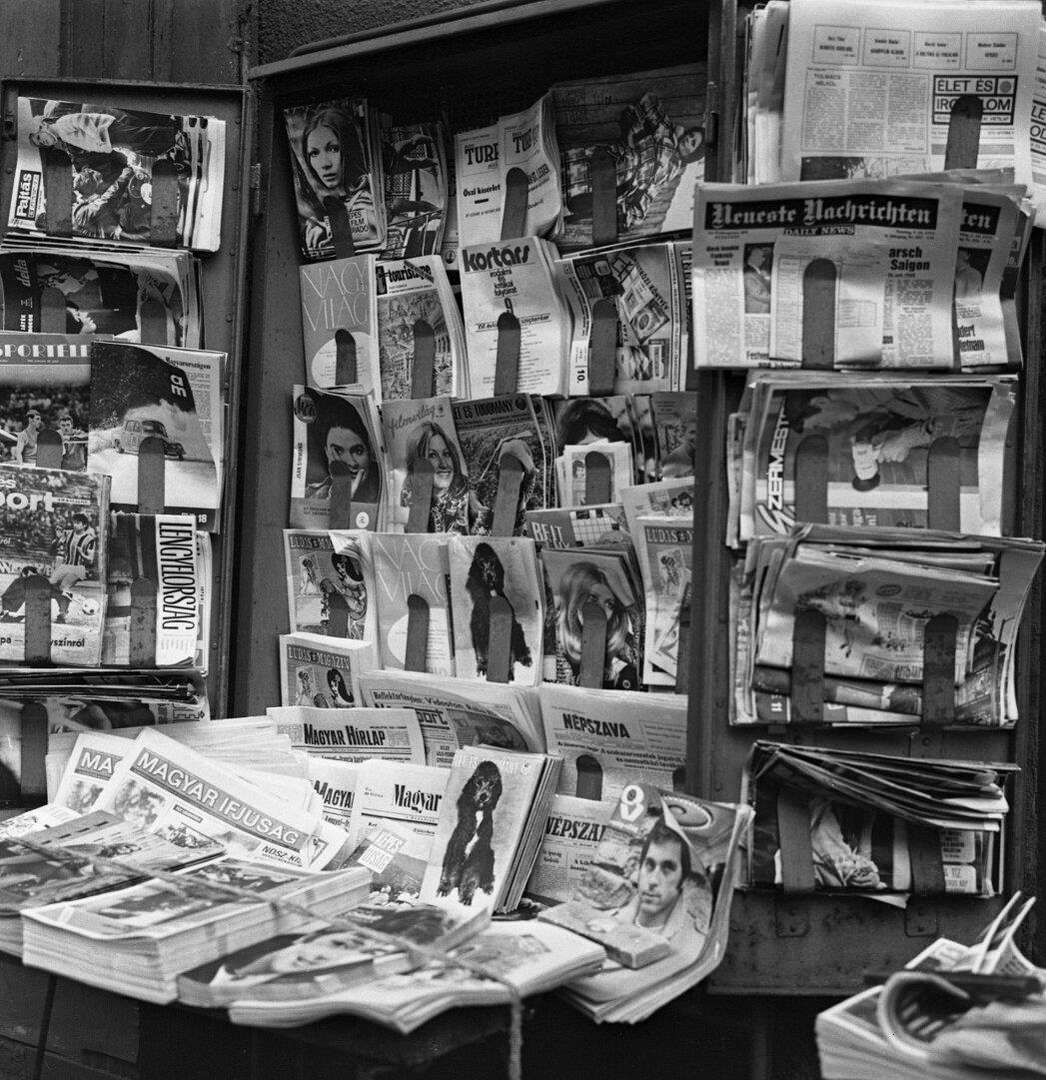To photograph people is to violate them, Susan Sontag wrote in On Photography in 1977. The act of depicting them as they never see themselves turns people into objects that can be symbolically possessed. Although not every photograph represents an act of violence, many pictures taken since the emergence of photography in the 1820s are steeped in the social and historical context of the power relations implicated in their creation. Thus the question of how to deal with such photographs arises. Simply display them again, to see how things used to be? Or not display them, in order not to reproduce the violent power relations represented?
“The legacy of the past and its mode of operation are inscribed in the social memory of the present. To make this past visible is a precondition of intervening in the present” (translated from Dietrich 2006, 29). Images have power, whether historically charged or amplified by social media in the present, or both. In a world determined by images and visual stimuli, it is important to ask “What is this photo doing? What is its story?”
The beginnings of photography and mass media are inextricably linked to the instrumentalization of photographs as a widely effective mode of conveying and inscribing certain perspectives into visual perception (Wright 1999). In the “scientifically grounded” racism of the 19th century, the markers, representation and perception of visual difference were systematized (Nagl 2004, 298). Certain representations, perspectives and gazes still reproduce everyday racism today (Kilomba 2008): some people are relegated to objects, while others increase their own value, apparently unnoticed, by positioning themselves in opposition to this “deficient Other”. At the same time, the 19th century phenomenon of ascribing realism to photography extends all the way to current ideas that photography is the material manifestation of represented reality (Bredekamp 2004, 19). Images were and are still constructed and reproduced in order to back up unjust power relations with apparent visual evidence. This is the potential power of photographs.
How can we, then, successfully work with photographs which are contaminated by power in a modern and appropriate manner? The first main step is to pose all the following questions. Who? To whom? When? How? Why? With what meaning? What is happening with the protagonists and the viewers? A thorough analysis and contextualization of the image makes it possible to embed and change the direction of the gaze appropriately. Photographic representations become legible as a practice which actually creates that which is represented (Castro Varela und Dhawan 2003, 276).
Subsequently, in a second step, it becomes possible to be conscious of the fantasies at work within the images. Fantasies are, as a social practice, central to all forms of action. They are indeed a social fact (Appadurai 1990), not mere reflections of the world after the fact, but a constitutive element of culture, which, like economics and matter, is the basis of how social subjects and historical events are formed (Hall 1997, 6). The visual artifact is only half the story. What Stuart Hall calls a “deeper meaning” lies in that which remains unsaid or unseen, which is imagined, that which is implied but cannot be shown (Hall 1997, 263).
The past cannot be changed, but in the present, majority society in particular has the task (the third step) of questioning the truth of tendentious old (visual) stories and of correcting them in favor of more appropriate contemporary representations.




